June 19, 2019 Kavli Institute for the Physics and Mathematics of the Universe (Kavli IPMU)


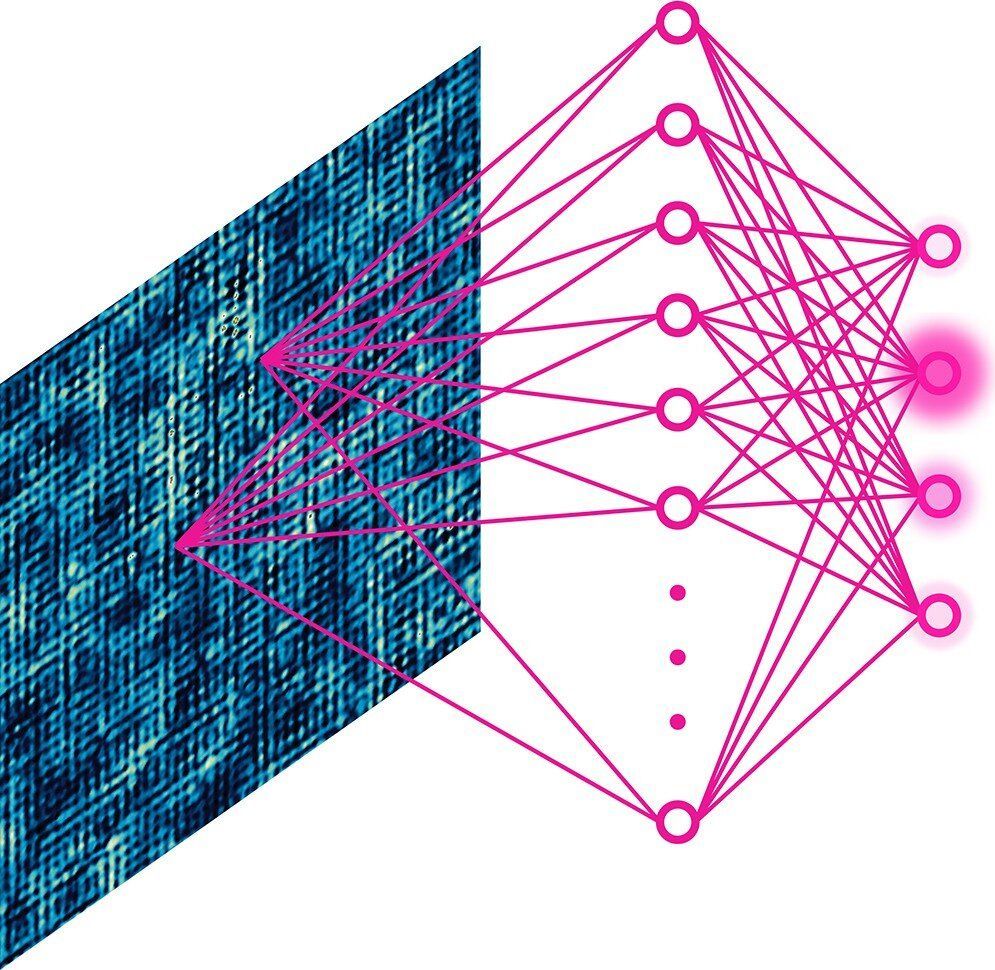

I’m Dr Janni Lloyd. My interest in health formally began in 1973 when I commenced my medical degree at the University of Western Australia. I spent many years in General Practice with a special interest in the psychological and emotional aspects of health maintenance and disease creation. In 1994 I moved into Holistic / Alternative / Complementary health. In 1992 I began studying Healthy Longevity / Indefinite Life Extension and the philosophy of Physical Immortality from many different perspectives – spirituality/theology, holistic health, psychology, medical science and quantum physics.
The following essay/article combines many of these different viewpoints.
HEALTHY LIFE EXTENSION / PHYSICAL IMMORTALITY – THE MASS POSSIBILITY

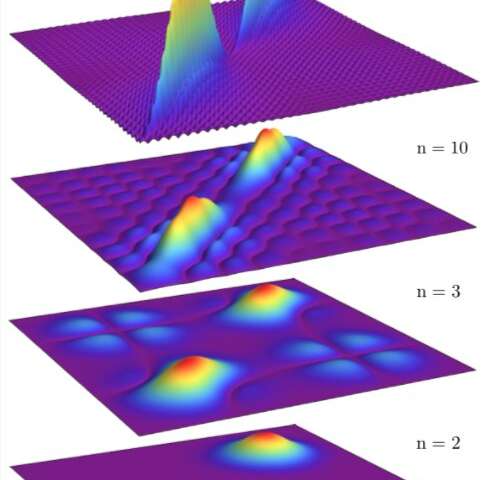
In quantum electrodynamics, the choice of gauge (i.e. specific mathematical formalism used to regulate degrees of freedom) can greatly influence the form of light-matter interactions. Interestingly, however, the “gauge invariance” principle implies that all physical results should be independent from a researcher’s choice of gauge. The quantum Rabi model, which is often used to describe light-matter interactions in cavity-QED, has been found to violate this principle in the presence of ultrastrong light-matter coupling, and past studies have attributed this failure to the finite-level truncation of the matter system.
A team of researchers at RIKEN (Japan), Università di Messina (Italy) and the University of Michigan (U.S.) have recently carried out a study investigating this topic further. In their paper, published in Nature Physics, they identified the source of this gauge violation and provided a method to derive light-matter Hamiltonians in truncated Hilbert spaces, which can produce gauge-invariant physical results even in extreme light-matter interaction regimes.
“Ultrastrong coupling between light and matter has, in the past decade, transitioned from a theoretical idea to an experimental reality,” Salvatore Savasta, one of the researchers who carried out the study, told Phys.org. “It is a new regime of quantum light-matter interaction, which goes beyond weak and strong coupling to make the coupling strength comparable to the transition frequencies in the system. These regimes, besides enabling intriguing new physical effects, as well as many potential applications, represents an opportunity to deepen our understanding subtle aspects of the interaction of light and matter.”

This theory combines wave and particle aspects in quantum mechanics be postulating that the motion of a particle is choreographed by the wave function.
By reconstructing the Bohmian trajectories of single photons, the team experimentally obtained the distribution of velocity change.
“In the experiment, the velocity disturbance happens gradually, up to five metres away from where the which-slit measurement was performed,” Prof Wiseman said.
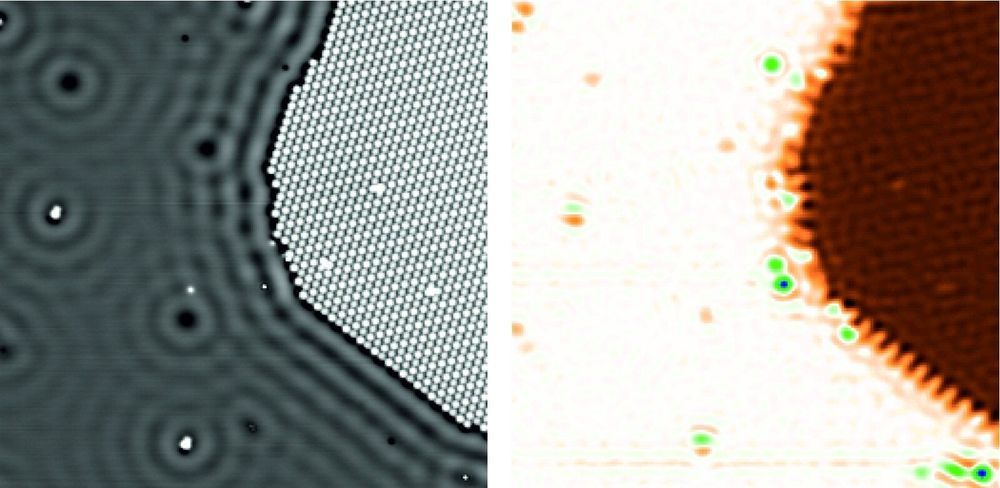
A team of researchers from Jülich in cooperation with the University of Magdeburg has developed a new method to measure the electric potentials of a sample at atomic accuracy. Using conventional methods, it was virtually impossible until now to quantitatively record the electric potentials that occur in the immediate vicinity of individual molecules or atoms. The new scanning quantum dot microscopy method, which was recently presented in the journal Nature Materials by scientists from Forschungszentrum Jülich together with partners from two other institutions, could open up new opportunities for chip manufacture or the characterization of biomolecules such as DNA.
The positive atomic nuclei and negative electrons of which all matter consists produce electric potential fields that superpose and compensate each other, even over very short distances. Conventional methods do not permit quantitative measurements of these small-area fields, which are responsible for many material properties and functions on the nanoscale. Almost all established methods capable of imaging such potentials are based on the measurement of forces that are caused by electric charges. Yet these forces are difficult to distinguish from other forces that occur on the nanoscale, which prevents quantitative measurements.
Four years ago, however, scientists from Forschungszentrum Jülich discovered a method based on a completely different principle. Scanning quantum dot microscopy involves attaching a single organic molecule—the quantum dot—to the tip of an atomic force microscope. This molecule then serves as a probe. “The molecule is so small that we can attach individual electrons from the tip of the atomic force microscope to the molecule in a controlled manner,” explains Dr. Christian Wagner, head of the Controlled Mechanical Manipulation of Molecules group at Jülich’s Peter Grünberg Institute (PGI-3).
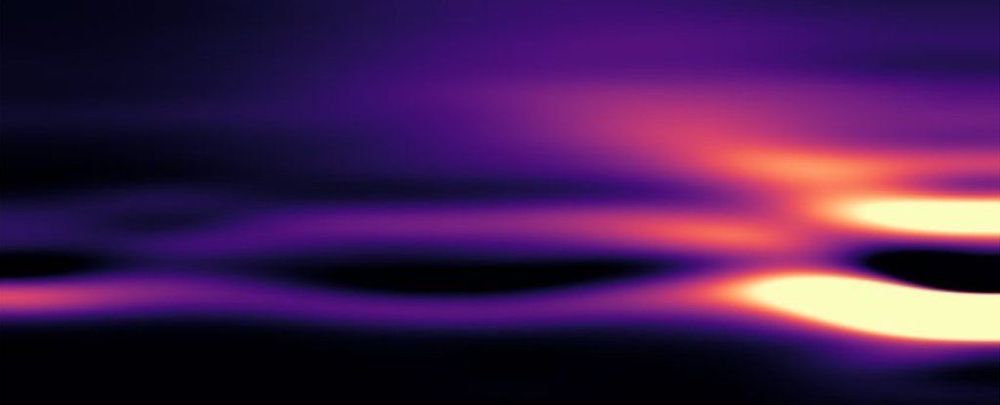
Nothing lasts forever. Humans, planets, stars, galaxies, maybe even the Universe itself, everything has an expiration date. But things in the quantum realm don’t always follow the rules. Now, scientists have found that quasiparticles in quantum systems could be effectively immortal.
That doesn’t mean they don’t decay, which is reassuring. But once these quasiparticles have decayed, they are able to reorganise themselves back into existence, possibly ad infinitum.
This seemingly flies right in the face of the second law of thermodynamics, which asserts that entropy in an isolated system can only move in an increasing direction: things can only break down, not build back up again.
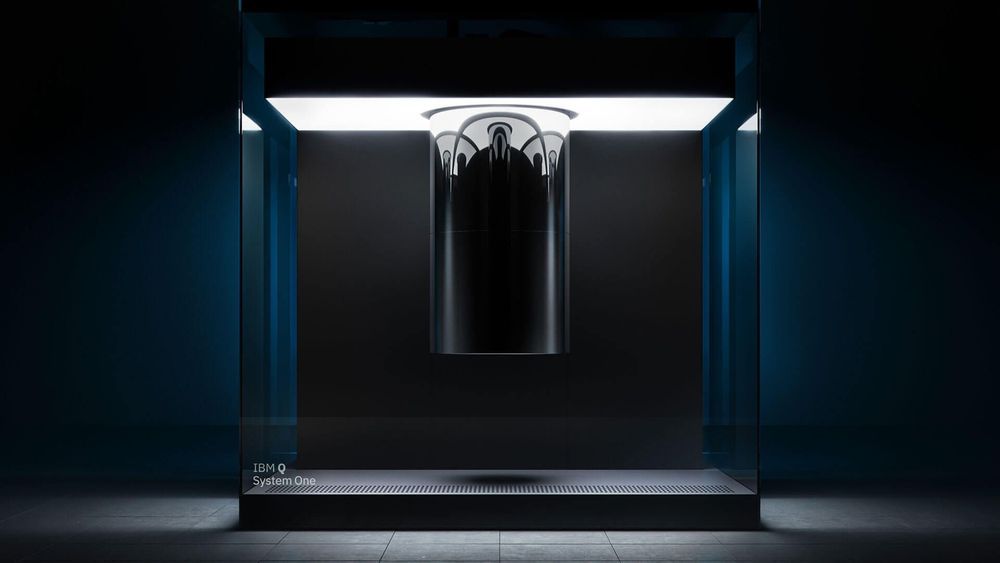
To date, more than 110,000 users have run more than 7 million experiments on the public IBM Q Experience devices, publishing more than 145 third-party research papers based on experiments run on the devices. The IBM Q Network has grown to 45 organizations all over the world, including Fortune 500 companies, research labs, academic institutions, and startups. This goal of helping industries and individuals get “quantum ready” with real quantum hardware is what makes IBM Q stand out.
SF: What are the main technological hurdles that still need to be resolved before quantum computing goes mainstream?
JW: Today’s approximate or noisy quantum computers have a coherence time of about 100 microseconds. That’s the time in which an experiment can be run on a quantum processor before errors take over. Error mitigation and error correction will need to be resolved before we have a fault-tolerant quantum computer.